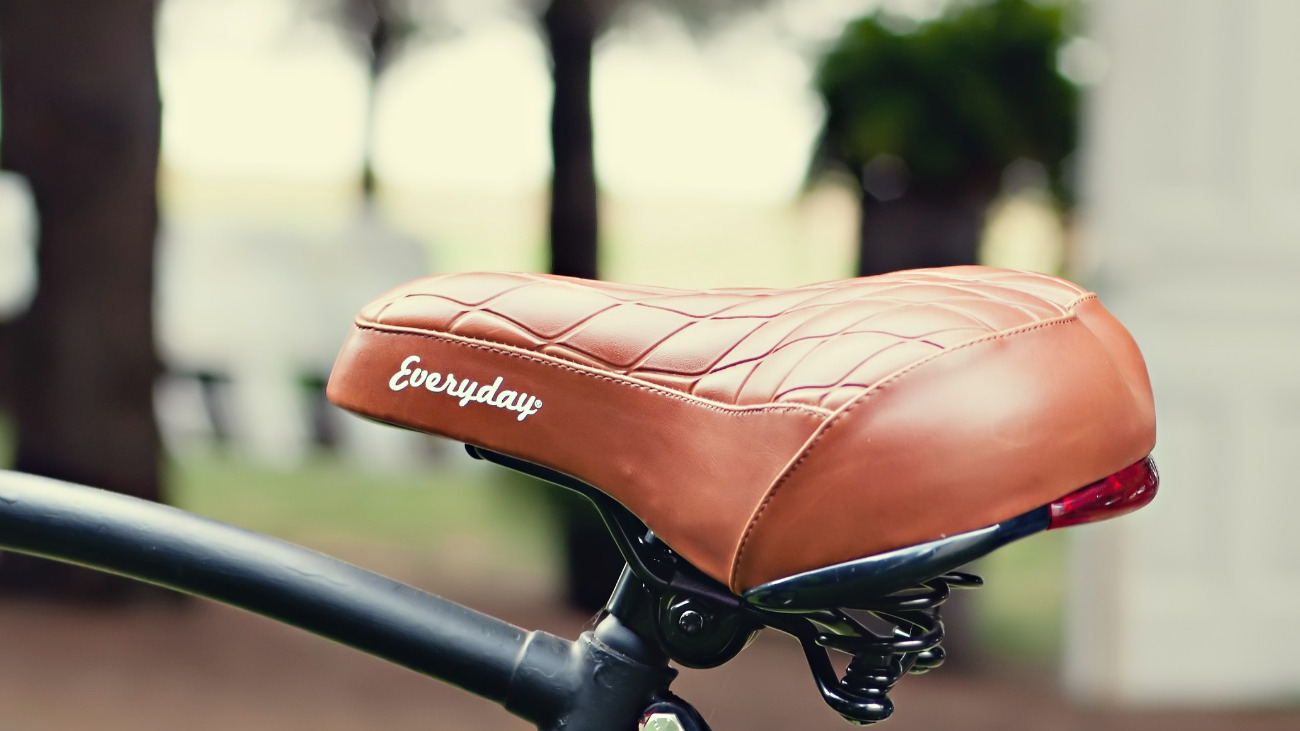While some women manage just fine with men’s saddles, there are notable differences between seats designed for men and those designed for women.
As a general rule, bike saddles, road or otherwise, aren’t unisex items.
Seeking a saddle designed around your sit bone structure is key to enjoying long rides without discomfort. The best saddles for long rides are ones designed specifically to support your weight and reduce pressure in soft tissue areas.
What’s The Difference Between Men and Women’s Bike Saddles?
Women’s bike saddles are generally shorter and wider to accommodate their naturally wider sit bone width and pelvic arch width.
Cut-outs appear more frequently in women’s saddles than in those designed for men since women are more susceptive to soft tissue discomfort in that area.
There are exceptions, however. Some ISM saddle designs, particularly the ISM PN 3.1 (which we picked as one of the best road bike saddles around), are essentially noseless, meaning there is no material below the soft tissue to cause discomfort.
The PN stands for “Performance Narrow”, though, so upright comfort is hardly its forte if that’s what you’re after.
Designs such as these, with appropriate rear-end width, are the closest you’ll get to a truly unisex road bike saddle.
Why Making the Right Choice with Your Bike Saddle is Important
Because of the relatively small visual differences between men’s and women’s bike saddles, it’s easy to dismiss the benefits of each, but choosing the correct saddle is super important, and your pelvic structure plays a role in this.
Turning our attention to the differences in the pelvic structure between men and women, it soon becomes apparent why different saddles are necessary.
Your sit bones (ischial tuberosities), right at the very bottom of the figure below, are the key contact points with your seat and support your weight while sitting.
In men, these sit bones are close together and have a narrow “pubic arch” angle of around 70 degrees when compared to the 90-100 degree angle found in the female pelvis.

This narrower area leads to men typically requiring a narrower area of padding than women.
In women, the sit bones are wider to accommodate the larger pubic arch angle. This wider area allows for more padding to support the wider sit bones, without running the risk of rubbing on the insides of the thighs.
It’s easy to see how this would affect the shape of the seat required to support the rider’s weight adequately.
It’s Not Just About Gender, Oh No!
While your skeletal structure plays an undoubted part in deciding which saddles suit you best, there’s much more to it.
Choosing the perfect saddle involves measuring your sit bones (they still vary from person to person), and taking a look at your riding position, to start.
Aggressive riders, male or female, who lean forward and put pressure on soft tissues, will benefit from cut-outs that remove the pressure, and a padding shape that supports their riding position best.
Those who sit upright will be putting stress on their sit bones. Rear-end padding that’s perfectly suited to your sit bone width is the key in this instance.
When To Throw Caution To The Wind
Performance and comfort rarely go hand in hand, so when the time comes to go fast, pick what allows you to squeeze every drop of performance out.
Wider seats limit the range of even women riders’ pedaling motion and are generally avoided by many female performance riders.
Wider saddles, with more padding, are heavier, too. At the top level, every gram matters for acceleration and maneuverability.
It’s highly unlikely that an extra 5 grams of weight will be the deciding factor for the vast majority of riders, so stick with what’s comfortable. Saddle soreness sucks.
In Summary
When looking at men’s and women’s bike seats, the most notable differences are width, length, and soft-tissue support.
Women’s bike seats:
- Cater to a wider sit bone structure
- Often have cut-outs to prevent soft tissue discomfort
- Typically have more rear-end padding
It may not seem like a lot, but making the switch from a generic unisex bike saddle to a saddle that is purpose-built for your pelvic structure can make an enormous amount of difference.
